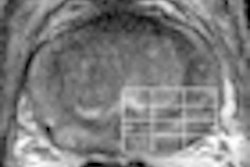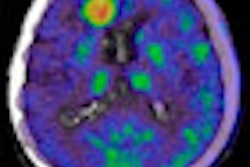Dear MRI Insider,
The 2010 football season is less than a month away, with professional, college, and high school teams preparing their athletes for this year's action. This issue of the Insider gives you an exclusive look at how orthopedists in Minnesota are using 1.5-tesla MRI to determine the extent of high ankle injuries among professional football players and to better predict how long the disability will keep them out of the lineup.
By determining the severity of the injuries and projected period of disability (and, thus, the amount of missed playing time), team physicians should be able to better plot treatment strategies. Click here to read more about the research, which was presented at the American Orthopaedic Society for Sports Medicine (AOSSM) annual meeting in Providence, RI.
The AOSSM annual meeting also was host to award-winning research from the University of Michigan in Ann Arbor, where researchers found that rotator cuff tears appear to reoccur within three months of surgery and likely reflect the failure to heal, rather than a tear occurring again after healing.
Another study presented at the meeting, from the Hospital for Special Surgery in New York City, used 3-tesla MR images to help determine the appropriate surgical techniques for longitudinal meniscus repairs to return patients to a high level of function.
Also featured in this edition of the Insider is a report from Tami Freeman, Medicalphysicsweb editor, from the American Association of Physicists in Medicine annual meeting. Learn how MRI technology is advancing at a rapid pace in terms of instrumentation and applications by clicking here.
And from the August issue of Radiology comes a study on how combining MR spectroscopy with T2-weighted MR imaging "significantly improves" the diagnostic accuracy of endorectal MRI to detect locally recurrent prostate cancer after external-beam radiation therapy.
Finally, the August issue of the Journal of Nuclear Medicine offers a pilot study from Germany showing the proficiency of a hybrid PET/MRI system in producing diagnostic-quality images of brain tumors. The study of 10 patients with intracranial masses found no significant artifacts or distortions using the hybrid scanner configuration, which features an MRI-compatible PET insert placed in the magnet bore.
Be sure to stay in touch with the MRI Digital Community on a daily basis to remain informed on the latest news and research on MRI.



.fFmgij6Hin.png?auto=compress%2Cformat&fit=crop&h=100&q=70&w=100)




.fFmgij6Hin.png?auto=compress%2Cformat&fit=crop&h=167&q=70&w=250)











